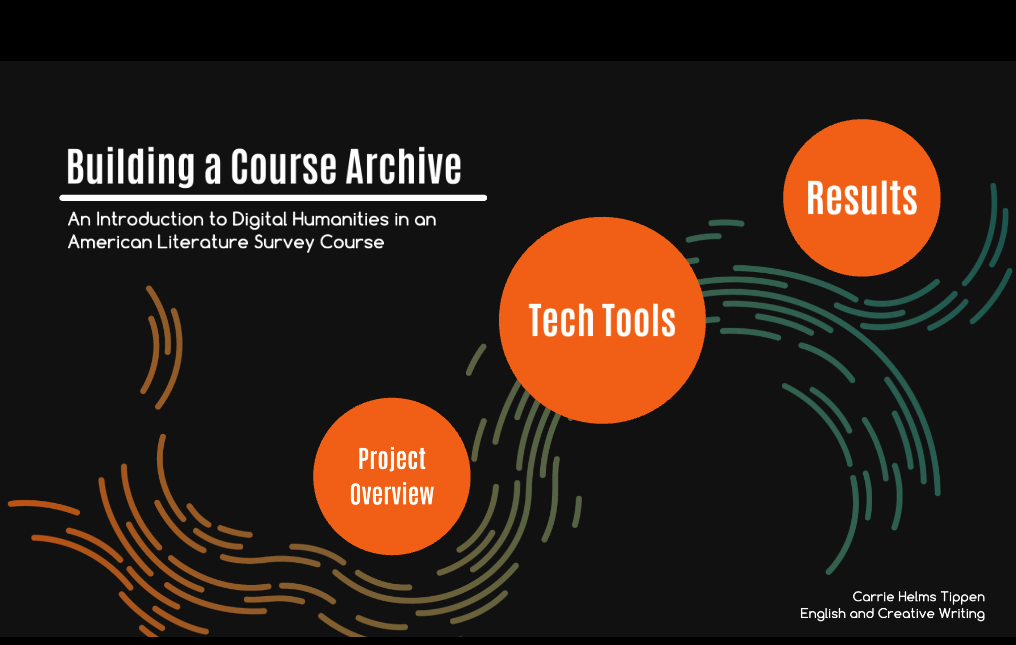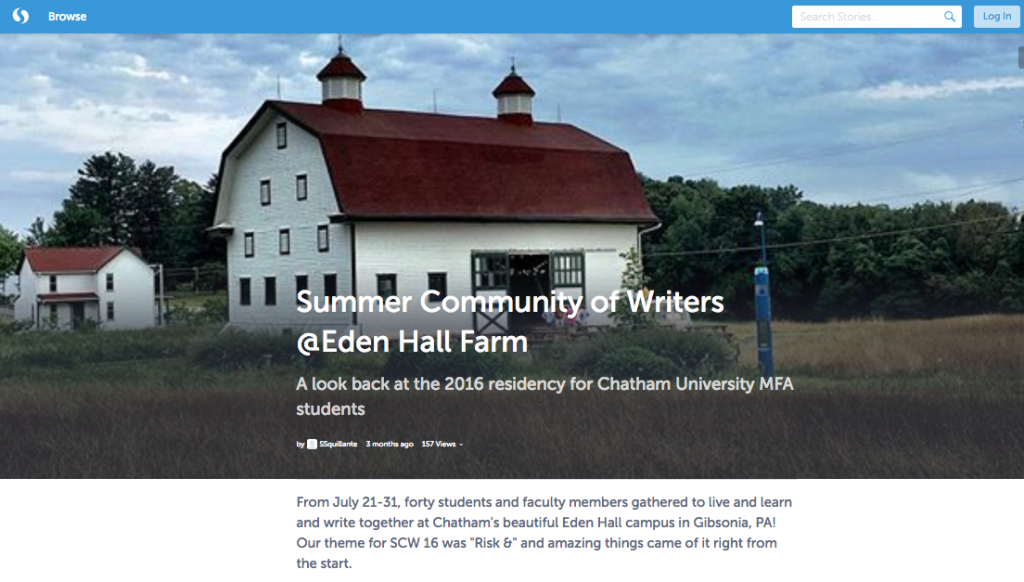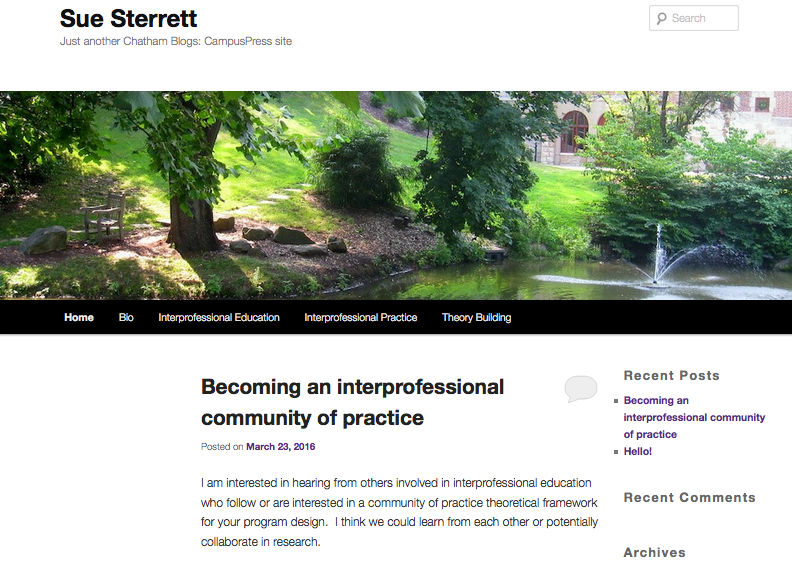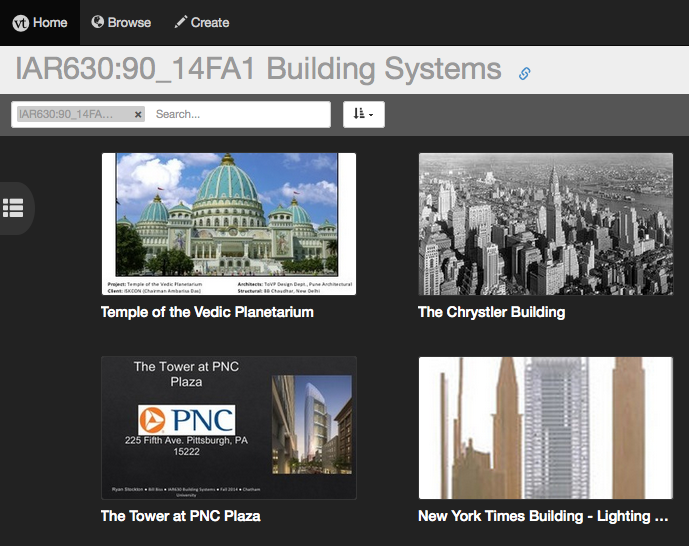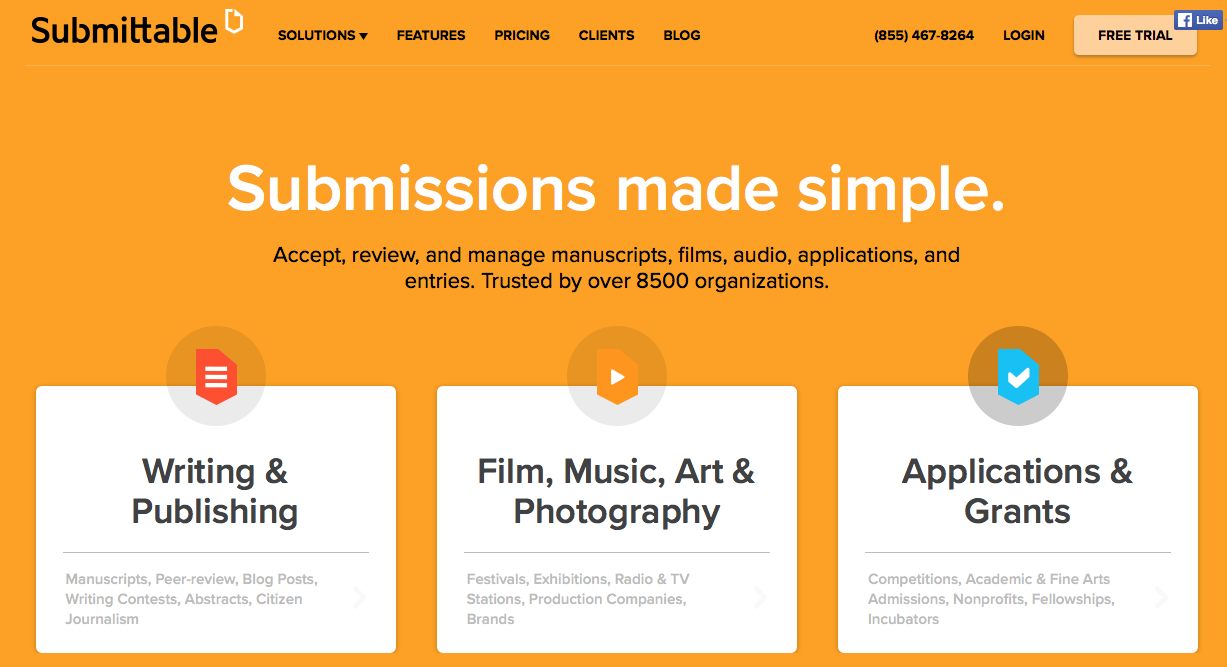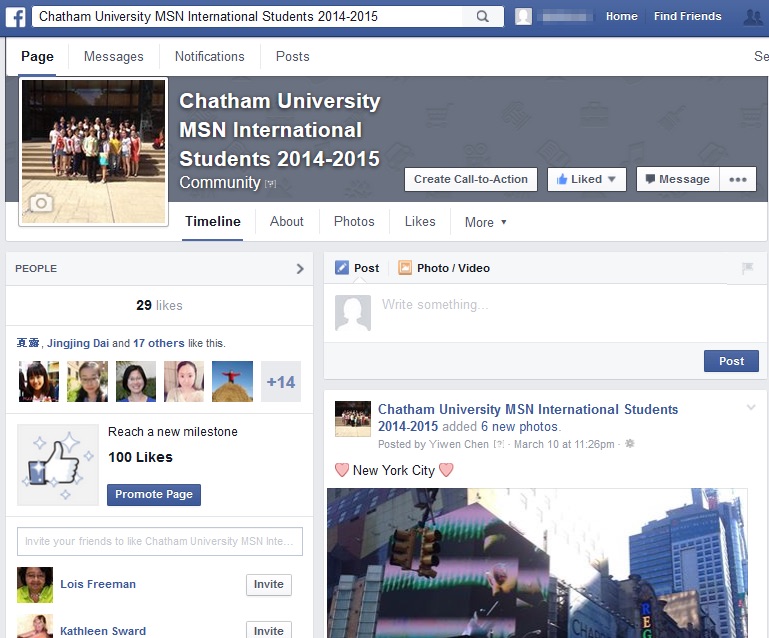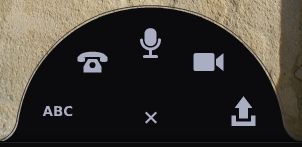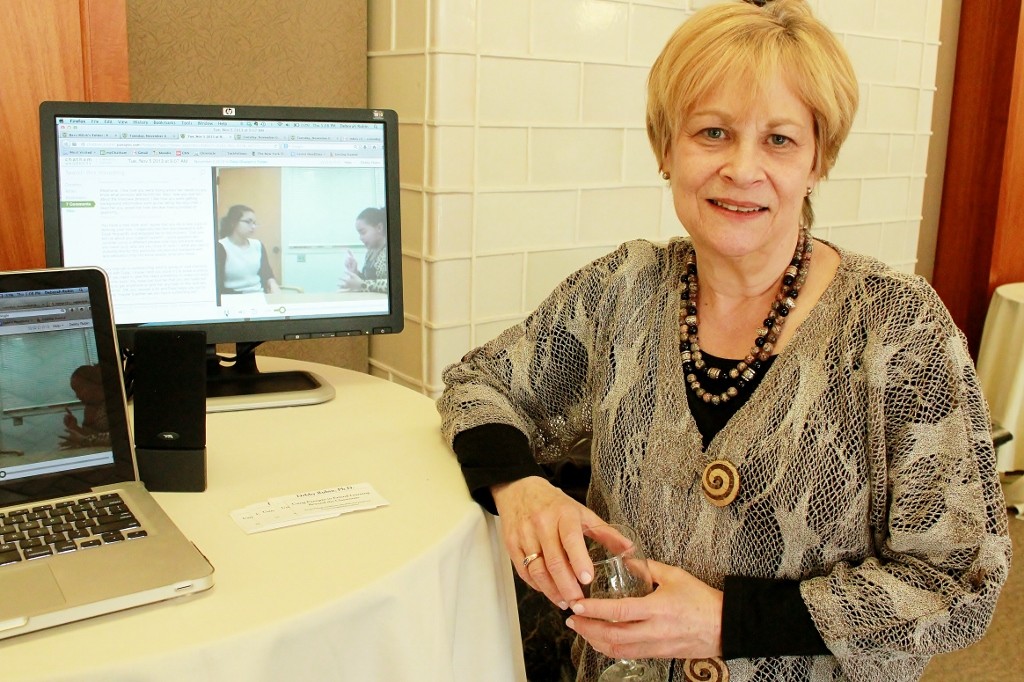Project Overview
My technology fellows project was not terribly creative. I have been resistant to the idea of creating online classes, but I know that there are online instructors who do an incredible job teaching in that format, and I also know that students will benefit if I learn some best practices of online teaching. So, during Fall and Spring semesters (2015-2016) I turned three class meetings for the Human Development across the Lifespan course into online classes. I used various technological components for each of the three classes and I surveyed students about different aspects of the online classes.
Planning Process
In planning my project I considered how to reach the course learning objectives via online activities. All of the activities for the 3 online class meetings were asynchronous through the Moodle shell created for the class. The course, Human Development across the Lifespan, (graduate level psychology) has one overarching objective “Upon completion of the course, students will be able to describe major concepts and empirical findings related to human development.” This objective is operationalized across four learning outcomes:
- Theories of individual and family development and transitions across the life-span
- Theories of learning and personality development
- Human behavior, including an understanding of developmental crisis, disability, exceptional behavior, psychopathology, and situational and environmental factors that affect both normal and abnormal behavior
- Strategies for facilitating optimum development over the life-span
I used technology to substitute an online learning environment for 3 different on the ground class meetings. I modified the assignments and activities that I do in person to fit the online format.
For each of the three classes I used increasingly more technological tools. For each online class there was at least one activity that addressed each of the four learning outcomes. For example, in the third online class students watched and critiqued videos/articles describing the transition to emerging adulthood.
Implementation
The structure of the graduate level human development class (meets one time per week for 3 hours) is that each week a different age group is the focus from a physical, cognitive, and psychosocial perspective. I first identified three weeks of content that I believed could most easily be translated to an online format. The first online class occurred three weeks into the semester. The topic was cognitive and emotional development in early childhood. The second online class occurred at week 5 and the topic was cognitive development in middle childhood. The third online class occurred near the end of the semester, week 13, and the topic was cognitive and psychosocial development in emerging and middle adulthood. Please see below for the specific description of the class activities. Though all of the technology I attempted to use did work (miracle!), my plan B was to do the most basic online course by simply posting activities to Moodle (like in my first online class).
First Online Class:
PowerPoint slides posted to Moodle, a Microsoft Word document explaining the activities for the day (below).
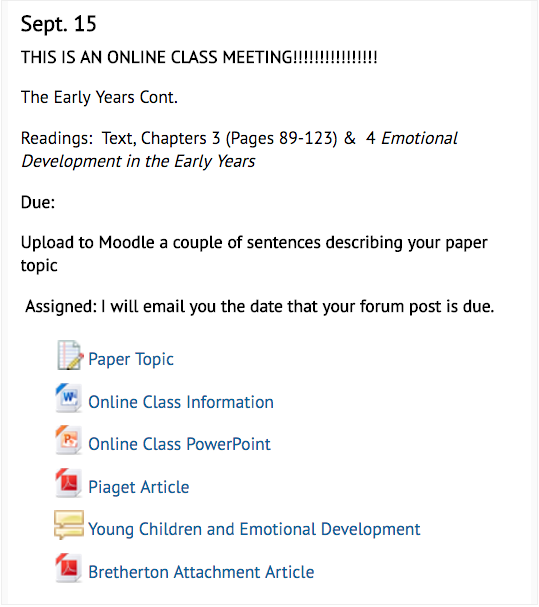
Figure 1: Human Development Fall 2015 Moodle Week 3
Online class information sheet (posted to Moodle to guide students through the online activities)
1). After you have read the textbook chapter(s) (primarily chapter 3, a little bit on 4) go through the PowerPoint presentation. Are the concepts making sense? Are you able to connect the ideas in the PowerPoint with the info in the text? Think about how it relates to the counseling work you will do in the future. You’ll do a closer reading of the slides after this overview (about 40 minutes)
2). Return to slide #2 (it says typical development at the top). There is a link to a TEDtalk that summarizes some of what we know about prenatal learning. The name of the talk is “what we learn before we are born.” First, watch the talk. Then, write down one or two of the findings that you found most interesting. You can hand write this on a piece of paper or you can type it on a Microsoft word document – either way you will need to show me the document (on your computer screen or the paper where you wrote your responses) next week in class. (video 17 minutes, response 10 minutes = 27 minutes total).
3). Slide #3 summarizes some of the postnatal milestones of “normally” developing motor, visual, and auditory skills (highlights from the table on page 83 of your text). Take a look at the slide or the table on page 83, write down one or two of the processes that surprised you in terms of when then developed or what other processes were developing simultaneously, or anything that you found interesting about the development of milestones across the first 5 years. (about 8 minutes)
4). Slides #4 & 5 provide an overview of Piaget’s theory. Do they make sense? Now take a look at the Biographical sketch on page 80 of the book and/or the PDF from an article of his that is on the moodle page. What comments or observations do you have about Piaget, his writing, his background, or his theory? This should be a couple of sentences. (about 15 minutes).
5). Slide #6 describes the substages of Piaget’s sensorimotor stage. Note: you will not have to memorize the substages, I just wanted you to see that they exist. Can you summarize what generally occurs over the Sensorimotor stage? What would be the newspaper “headline for this stage? (about 5 minutes).
6). Slide #7 describes the concept of object permanence (also refer to pages 84-85 in the text). What’s the big deal about “object concept”? Why is having an object concept so important to cognitive development? (5 minutes)
7). Slides #8 & 9 describe other ways of measuring infant cognition (other an Piagetian methods). The depiction of Baillargeon’s research is different than page 85 of your book (just a different version of the same type of research). What do you make of the difference in development of object permanence as found by Piaget (in the first year) as compared to more recent research by Baillargeon and colleagues (as young as 2.5 MONTHS!)? (10 minutes)
8). Take a look at the YouTube video showing examples of Piagetian conservation tasks. You will see children in the preoperational stage who fail the tasks (give the wrong answer) as well as older children (in the concrete operational stage) who pass the tasks. Based on the information on the slides (12 & 13) and the text (pages 92-95, section on Preschoolers’ cognition – though our text focuses on numbers, Piaget looked at conservation through different types of tasks) what make preschoolers thinking illogical? How come they fail the conservation tasks? (video 3 minutes, response 7 minutes = 10 minutes total)
(if you Google “Piaget conservation task, YouTube” it is the first thing that comes up).
9). Piaget described preoperational egocentrism as measured by the three-mountain task. Take a look at an example in this YouTube video — keep this in mind as we continue to discuss perspective taking ability. (5 minutes)
10). Slides #15 & 16 describe some information related to the concept Theory of Mind (pages 95-99 in the text, section in Chapter 3 “Understanding the Mind.” Is this a concept with which you are familiar? Why is it important to our cognitive and psychosocial development? Review the information and get a feel for the concept and how it is measured. This is something we will discuss further in class. (10 minutes)
11). Slides #17-19 provide a very brief overview of some language development milestones. Entire courses are taught on the topic of language development. At this point, familiarize yourself with the general progression of language development. Then, consider the finding described on page 104 of the text related to the difference in vocabularies according to how much parents talk to their children: “In a 100-hour week, a toddler in a professional family might here 215,000 words on the average, in a lower-middle-class family children here about 125,000 words, and in the poorest homes about 62,000 words. All of the children learned to talk on schedule, but the differences in parental input were correlated with the children’s vocabulary measures by age 3.” (Broderick & Blewitt, 2015).
What does this research suggest about the importance of caregiver-child conversation? You do not have to write anything down, just think about it. (5 minutes)
12). Slide #21 describes some important terms developed by Vygotsky. Use the slides and the text (starting on page 105, section called “Vygotsky’s sociocultural theory”) to make sure you are familiar with the important contributions made by Vygotsky in understanding how young children learn. (5 minutes)
13). Slides #24-27 provide an introduction to some of the important points from Chapter 4 (Emotional Development in the Early Years). Review the concepts on the slides (5 minutes).
Then, using your favorite search engine, find something that has been posted related to the emotional development of children. The idea is to pretend that you are a parent who is looking online and reads something about young children and their emotional development. For example, when I just did a google news search for “young children emotional development” the first thing that came up is an article with the title “Is your child a psychopath?”
Next, quickly skim whatever article/video/tv clip that you find. This SHOULD NOT be a scholarly or peer reviewed piece. How do you understand the article / news item that you found in relation to the information that you have read on emotional development? Please post the title of what you found and your reaction to it on the forum post that is on the Moodle page for today. The post should be no more than a sentence or two. (15 minutes)
14). On the Moodle site for tonight there is a PDF for an article called The Origins of Attachment Theory:John Bowlby and Mary Ainsworth we will use the article as part of our discussion next week. Please spend 15 minutes going over some of the article. At this point you do not have to do a super close reading of the article, it just provides a great overview of the attachment literature and is a really good reference to have – we will talk about it next week!!!!!!!!!!!
Second Online Class:
Narrated PowerPoint slides posted to Moodle, a Microsoft Word document explaining the activities for the day, and introduction video (recorded on my iPad and uploaded to Moodle) of me welcoming them to class and giving them the plan for the day.

Figure 2: Intro Video
Online class information sheet
Part I. The Bridge (20 minutes total)
- Please look back at the last online class activities that you completed (Sept 15th). Please identify one area / concept / idea that needs further clarification. Please post your question to the Moodle Forum. I will try to make sure I’ve prepped answers to all (or most) of your questions by the time we meet next week.
Part II. Paper Portion
- Go through the plagiarism PowerPoint that is posted on Moodle. Some of it may be review, but it is really important to keep in mind as you start to work on your papers. Let me know if it makes sense or if you have any questions – you do not have to upload anything or write anything down. (30 minutes)
- Check out the example papers that are posted on Moodle (located in the section for this week). What are some initial ideas you have about how you will organize your paper? What are some of the sections that will be involved that you’ll want to make sure to cover? You do not have to upload this anywhere, just be prepared to talk about it / show me that you gave it some thought. (30 minutes)
Part III. The PowerPoint for Chapter 6
- Go through the Middle Childhood PowerPoint (45 – one hour…but probably less. A couple of the slides are narrated)
- Go to slide #11 – Selman’s Stages of Friendship. (15 minutes). These stages are described on pages 231-234. You do not have to write anything down, just see if you can imagine what “friendship” looks like at the different stages.
- Glossary activity (30 minutes, probably less). There is a tab in the Moodle section for this week that says “glossary.” Go through Chapter 6 and choose any of the concepts or ideas that are described in the chapter. Use the paraphrasing skills you practiced in Part II of this assignment to make a glossary entry for that concept or idea. Basically, describe one of the concepts or terms from the chapter in your own words using the glossary tab that is set up for you in Moodle.
Third Online Class:
A video of me teaching class that was recorded using the SWIVL video capture system. Throughout the “lecture” I directed students to online activities that they completed via Moodle, I also created an online class information sheet (below).
Part I (maximum amount of time to spend on this section is 1 hour, it is ok to spend less)
The slides begin with a review of the ideas related to emerging adulthood, which is where we ended class last week. Please go over and/or listen to that slide (#3). Reflect on what you think about emerging adulthood? Do you believe it is a new stage that is independent from adolescence and young adulthood?
Next watch the following videos (if you can’t watch the videos, that’s ok, I just think they are brief and super helpful in seeing the two people who often write / research about emerging adulthood. After the videos, read the Generation Me and Generation We article.
Jeffrey Jensen Arnett: Emerging Adulthood Video
Twenge: Generation Me Video
Next, do a brief forum post (a couple of sentence) on a). which perspective / article you find more persuasive? B). what it is that you find compelling? and c). how this information (related to emerging adulthood OR generation me) may be helpful to counselors?
Part II (maximum amount of time to spend on this section is 30 minutes, it is ok to spend less)
Take a look at / listen to the video for slides 4-12. Contemplate the information.
Part III (maximum amount of time to spend on this section is 1 hour, it is ok to spend less)
Look at / listen to the slides on the Five Factor Model of Personality (#13 & #14, pages 483-485 in your text). Next take the following “big five” assessment (there are loads of these measures available on the internet. This one is free and comes from a reputable group of researchers.
Upload a couple of sentences about what you thought was interesting, useful, problematic about this way (the five factor model or the actual measure you took) of understanding personality and how it may or may not be useful for counselors.
Part IV (maximum amount of time to spend on this section is 30 minutes, it is ok to spend less)
Look at / listen to the information on slides 15-21. What comes to mind when you think of the term “midlife crisis?” Then watch the following video, or if you are having trouble getting the video to work you can read the article The Real Roots of Midlife Crisis (from The Atlantic):
What do you think about the idea of a “midlife crisis?” Is it a “real” or useful construct? Is it more helpful to think about the notion of turning points? How so? Write two sentences-ish of a forum post.
Assessment
I assessed my project by asking students to complete an anonymous survey after the online classes (see below). While I have not done a formal analysis of the responses, a frequency count indicates that, in both sections, no students (0/40) reported “learning more” in the online format. In the Fall semester, 90% of students reported “learning less” in the online classes. In the Spring section, students were evenly split between those who reported learning less (49%) or about the same (51%) in the online format. The most common reason students felt they learned less had to do with preferring the in class meetings and discussions (finding the in person setting more valuable). Students indicated that they enjoyed the time flexibility of the online class (could complete it in chunks or whenever they had free time) as well as posting/responding to forums.
Online Classes Feedback Form
- As compared to “in person” class meetings I felt like the online classes led to:
Please Circle One
The same amount of learning
More learning
Less learning
- If you indicated more or less learning in your answer above, could you explain some of the reasons why?
- One thing that felt really useful about the online classes was (your favorite activity)…you can list more than one thing 🙂
- One thing that you really didn’t like about the online classes (or would like to change; your least favorite activity)…you can list more than one thing J
- Ideas and / or suggestions for future online class meetings?
THANK YOU!!!!!!!!!!!!!!!
Reflections and Next Steps
All of the technological components of the classes worked well (Swivl, uploading video, various Moodle activities), and I certainly felt like I had support to make the project happen. The thing that didn’t work so well was my attitude and the attitudes of the students. That is, the first semester I tried the online classes I was not very confident that it would “work” in terms of helping students to meet the class objectives, and my lack of confidence translated to (or at least contributed to) students’ dislike of the online meetings. The second semester, I felt more confident about the online classes and students seemed to be more accepting of the format.
There is not much I would change. I did the three different formats in order to “experiment” with what worked best with the course content (which was informative), and I think the variety helped keep students interested. I may narrate more of the PowerPoint slides and have more “interactive” activities such as forums to increase synthesis of the content and facilitate student engagement with the material.
I have two goals for year two. First, I am going to put one or two other age groups in the online format – it was really great to have the online versions ready to go when two of the weeks were snowy and icy during the Spring semester. Second, I am going to work with Jen Morse to figure out the best way to use a writing app (Noodle Tools) to help students construct the research papers they write for the course.
